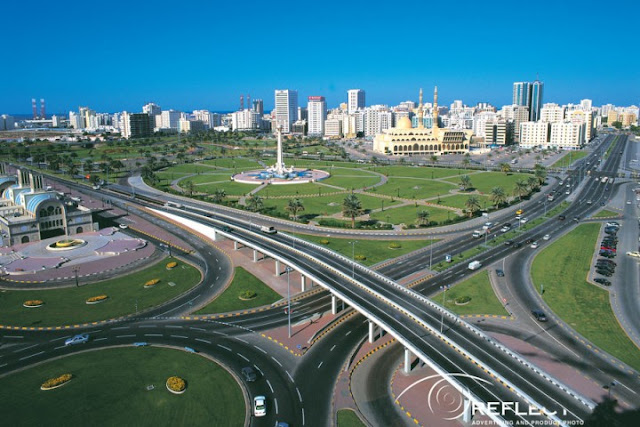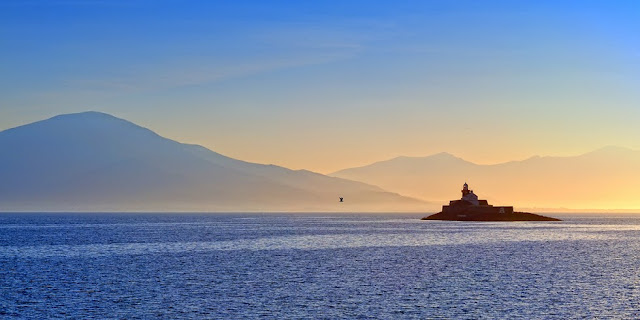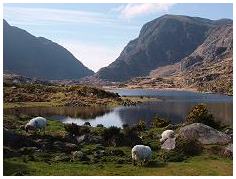Eiffel Tower Paris
The Eiffel Tower Paris, an icon of Paris, is a wonder of design and structure, and an impressive sight worth getting close to. Lie in the grass at the Champs de mars and gaze up. Ascend the tower for spectacular views of Paris. Return at night with a bottle of Merlot to watch the spectacular light display. The Eiffel Tower Paris tops out at over 1,000 feet, containing 2 restaurants, a souvenir shop, a post office (for that one of a kind postmark), snack bar, and a viewing area.
Eiffel Tower Paris Video
Eiffel Tower Paris
The world famous Eiffel Tower Paris is a mass of iron designed by Gustave Eiffel for the Universal Exposition of 1889 and was the tallest structure in the world until 1930, when New York's Chrysler building surpassed it. The Paris tower faced criticism, especially from the artistic community of Paris, calling the structure a "truly tragic street lamp." Allegedly, Guy de Maupassant ate lunch on the lower level of the Paris tower everyday because it was the only view of the city in which he couldn't see it. The critics were slowly silenced as 2 million visitors ascended the tower in 1889. Today, the Eiffel Tower Paris is an icon of Paris, and is embraced by the city.
Fifty tons of paint are used every 5 years to repaint the structure. A permanent light display goes off every hour in the evenings. Skate 187 feet above the Earth, during the winter, as the Eiffel Tower Paris turns the first floor into a rink. The tower has two restaurants, Altitude 95, located on the first floor 95 meters above sea level, and "reminiscent of an airship moored above Paris" according to the Eiffel Tower Paris website. Also on the first deck are a souvenir shop, exhibit on the Paris tower, snack bar, and the post office. On the second floor, a specialty food shop, the restaurant Le Jules Verne, some historical panels, and another snack bar (in case you're using the stairs instead of the elevator). At the top level, along with panoramic views, is a replica of Gustave Eiffel's office, complete with wax figures of the man himself.
Eiffel Tower Paris in Winter
No Paris travel guide would be complete without mentioning famous Paris attractions including, the Panthéon, a monument dedicated to historical personages of France, housing a crypt containing over 70 people, including Votaire, Jean-Jacques Rousseau, Marie Curie, and Alexandre Dumas. Notre Dame cathedral, with its ornate interior is an awe inspiring and popular destination. Pay homage to French author Victor Hugo, and ascend the bell tower for a look at the gargoyles from The Hunchback of Notre Dame. Worth mentioning in any Paris travel guide is the Arc de Triomphe, located on the famed avenue Champs Élysées and centered in the world largest traffic roundabout. It is a simple, yet daunting monument commissioned by Napoleon. The gothic Saint Chapelle, built in the 13th century, has 15 stained glass windows depicting an entire biblical history.
Also important to mention in a Paris travel guide are some of the world famous museums Paris is home to including the gigantic Louvre, which houses the Mona Lisa; the Musee d'Orsay, with artists such as Renoir, Monet, and van Gogh; and the National d'Art et de Culture Georges Pompidou, home to a modern art collection.
The Eiffel Tower Paris, still a marvel of structure and design, is a must see stop on any Paris itinerary. Constructed for the World's Exhibition of 1889, the Eiffel Tower Paris was slow to be embraced, but is now a beloved symbol of Paris, and one of Europe, if not the world's most recognizable.
Courtesy By: http://www.destination360.com/europe/france/paris/eiffel-tower
Courtesy By: http://www.destination360.com/europe/france/paris/eiffel-tower










































